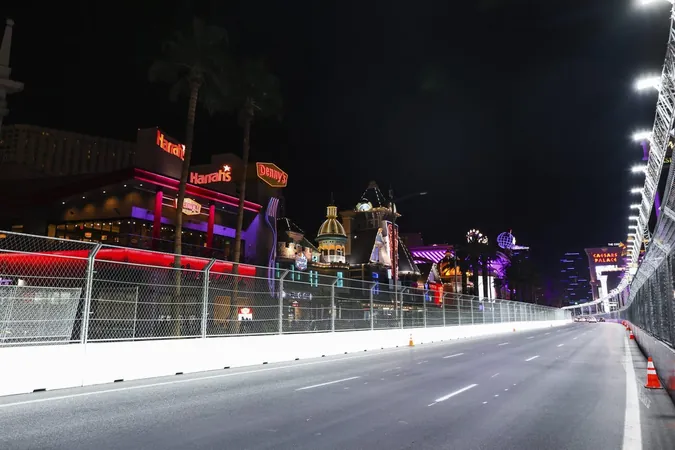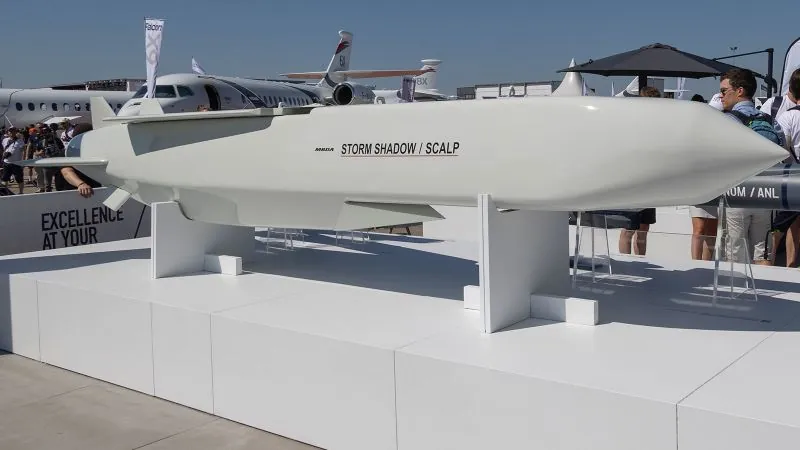
The Incredible Logistics Behind F1's Las Vegas Grand Prix: A Two-Hour Transformation
2024-11-21
Author: Lok
1. Introduction to the Las Vegas Grand Prix
Organizing a Formula One street race is no small feat, particularly when it takes place on the iconic Las Vegas Strip, one of the world's most recognized roadways. Each year, cities such as Monaco, Singapore, and Baku face significant challenges when mapping out their temporary circuits, but for the Las Vegas Grand Prix, the stakes are even higher.
2. Unique Logistical Challenges
Emily Prazer, the Chief Commercial Officer of F1 and the Las Vegas Grand Prix, noted the contrast between Vegas and other cities. “In Singapore, they can keep roads closed for seven days, whereas we could never imagine doing that in Las Vegas,” she remarked. This difference underscores the unique logistical puzzle involved in transforming the lively Strip into a racetrack.
3. The Transformation Process
To realize F1's ambitions of returning to Las Vegas after nearly four decades, a carefully crafted approach was essential. The track, measuring 3.8 miles, had to accommodate everyday traffic while ensuring drivers would have a world-class racing experience.
4. Leadership and Coordination
At the helm of this logistical orchestration is Terry Miller, the General Manager of the Las Vegas Grand Prix, who oversees a 450-acre area containing over 45 notable businesses, each contributing to the complex dynamics of the event. “This isn’t just about the race; it’s about integrating all the businesses surrounding the track to minimize disruption while maximizing excitement,” Miller explained.
5. Preparations and Methodical Planning
After Labor Day weekend, preparations commenced for the race, focusing on a structured approach to building the track like the drivers would navigate it. Miller’s team took a methodical path, carefully coordinating the installation of lights, barriers, and electronics.
6. Local Regulations Impacting Setup
Interestingly, local regulations allow for barriers to be placed along Las Vegas Boulevard only 12 days before the race. This strategy was implemented to limit interruptions to everyday activities along the busy Strip, with barriers being removed promptly after the race to restore normalcy—targeting Thanksgiving for full clearance.
7. Precision in Execution
What many don't realize is that the process of converting the Strip from a bustling artery into a Formula One circuit is akin to a well-rehearsed science project. Miller, along with a dedicated team of 140, calculated every detail of movement during track setup and teardown.
8. The Transformation Phases
Each evening, the transformation from 'open' to 'closed' occurs in three phases, beginning with a 'warm track' status allowing limited public access, culminating in the 'hot track' ready for high-speed action. This transition needs to fit within a two-hour window.
9. Contingency Planning
This methodical planning means there’s a built-in buffer to ensure if any mishaps occur, such as machinery failures or delays caused by unexpected incidents, they have accounted for contingencies.
10. Successful Event Coordination
Despite the addition of a support event like the Ferrari Challenge this year, Miller's careful study of prior races grants confidence that events can proceed without a hitch.
11. The Dismantling Process
In the end, the success of the Las Vegas Grand Prix relies not only on racing but on an extraordinary logistics operation. As the post-race celebrations commence, Miller’s team swings into action to dismantle the circuit, aiming to return the Strip to its vibrant self by early morning.
12. Conclusion
“For 44 years in this industry, nothing compares to the complexities of what we’ve accomplished here in Vegas,” reflected Miller. “This isn’t just a race; it's about creating an unforgettable experience while balancing the needs of a bustling city.”


 Brasil (PT)
Brasil (PT)
 Canada (EN)
Canada (EN)
 Chile (ES)
Chile (ES)
 España (ES)
España (ES)
 France (FR)
France (FR)
 Hong Kong (EN)
Hong Kong (EN)
 Italia (IT)
Italia (IT)
 日本 (JA)
日本 (JA)
 Magyarország (HU)
Magyarország (HU)
 Norge (NO)
Norge (NO)
 Polska (PL)
Polska (PL)
 Schweiz (DE)
Schweiz (DE)
 Singapore (EN)
Singapore (EN)
 Sverige (SV)
Sverige (SV)
 Suomi (FI)
Suomi (FI)
 Türkiye (TR)
Türkiye (TR)